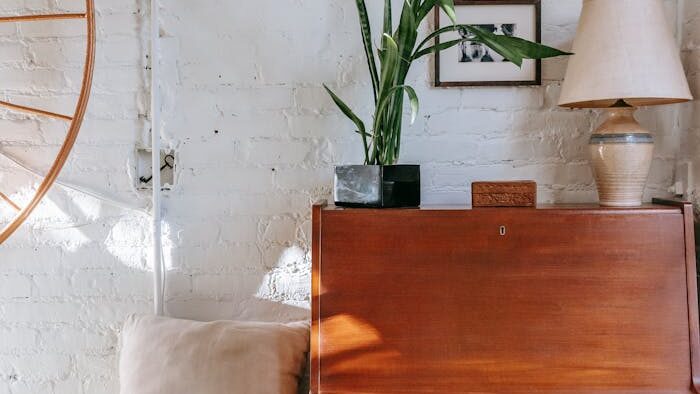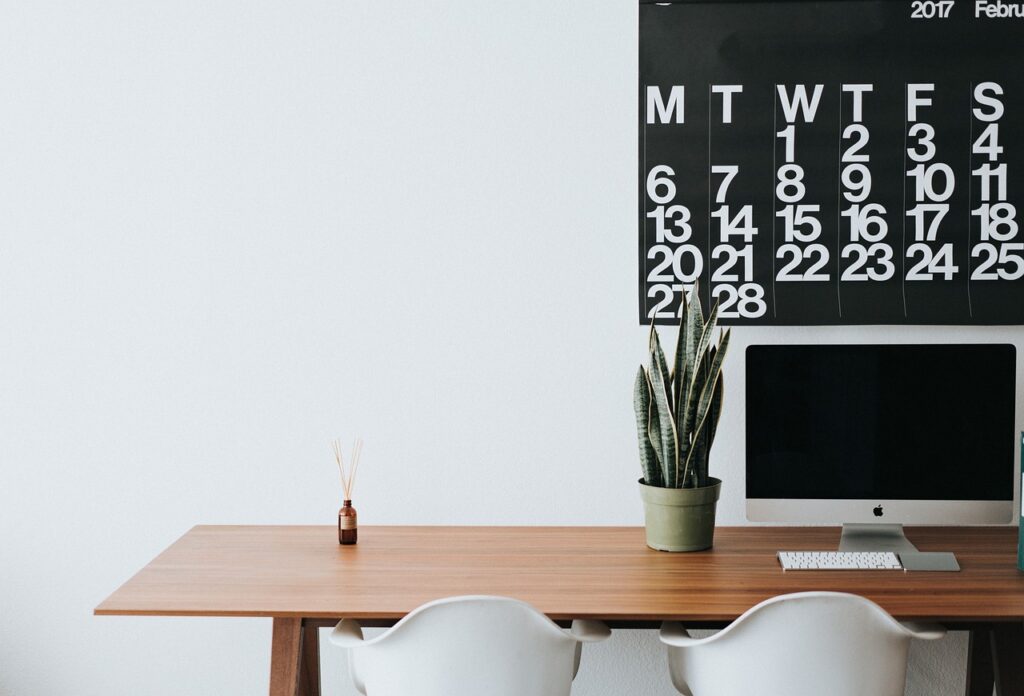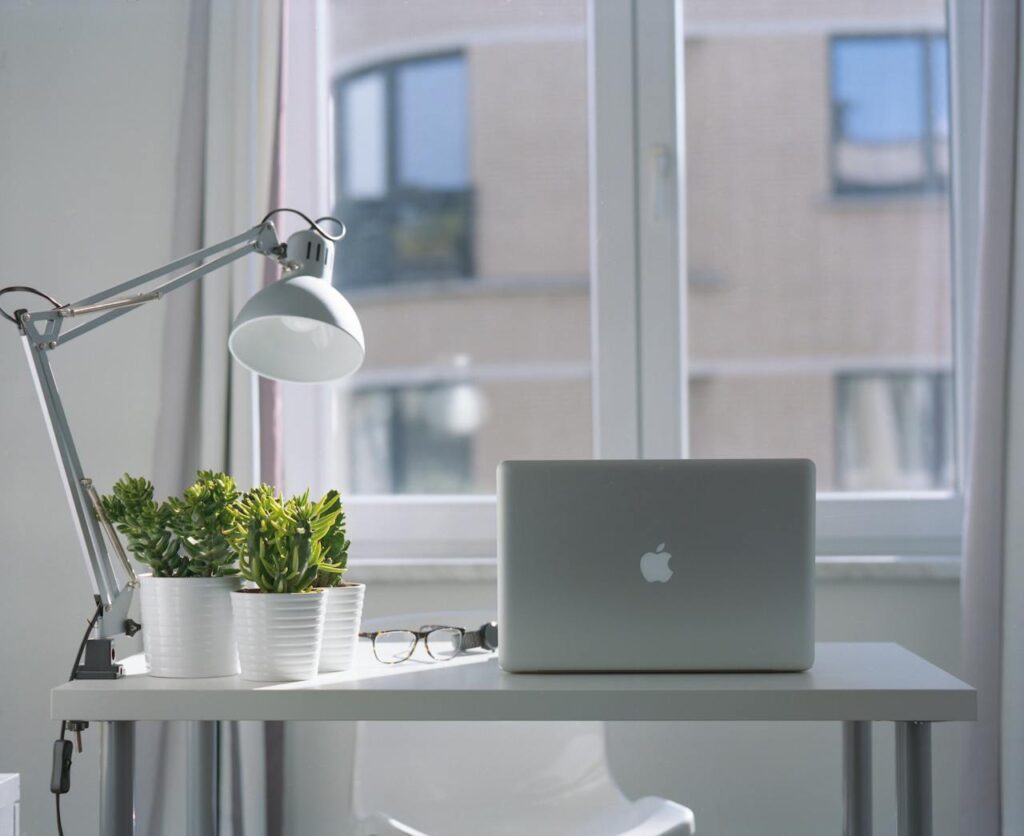In today’s era of remote work and freelancing, having a dedicated home office is essential for productivity and focus. However, setting up a functional and comfortable workspace doesn’t have to be expensive. With careful planning and some creative solutions, you can create a home office that meets your needs without breaking the bank. Here’s a step-by-step guide to setting up a home office on a budget.

1. Assessing Your Needs
Before diving into purchases, it’s crucial to assess what you truly need. Start by listing essential items such as a desk, chair, computer, and basic office supplies. Consider the nature of your work and any specific equipment you might require. For instance, a graphic designer might need a high-quality monitor, while a writer might prioritise a comfortable keyboard.

2. Setting a Budget
Determine a realistic budget based on your needs and financial situation. Prioritize essential items and allocate more funds to those. Remember, you can always upgrade non-essential items later as your budget allows.
3. Choosing the Right Space
Selecting the right space for your home office is vital. Ideally, choose a quiet, well-lit area where you can work without distractions. If space is limited, consider creative solutions like converting a closet into a mini-office or using a corner of a room. Ensure the space is comfortable and conducive to work.
4. Essential Furniture on a Budget

Desks: You don’t need an expensive desk to create a functional workspace. Look for affordable options at thrift stores, garage sales, or online marketplaces like Facebook Marketplace. Alternatively, consider DIY solutions like using a sturdy table or creating a simple desk with plywood and sawhorses.
Chairs: Comfort is key when choosing a chair, as you’ll be sitting for long periods. Ergonomic chairs can be pricey, but you can find budget-friendly options by shopping second-hand or looking for sales and discounts. Even a dining chair with a cushion can be a temporary solution.
Storage Solutions: Keeping your workspace organised is important for productivity. Use affordable shelving units, bins, and organisers to keep everything in its place. Look for storage solutions at discount stores or repurpose items you already have at home.
5. Technology and Equipment
Computer and Accessories: Depending on your work, a laptop might be sufficient. Look for budget-friendly laptops or refurbished options. If you need a desktop, consider buying second-hand components. Don’t forget essential accessories like a monitor, keyboard, and mouse, which can also be found at affordable prices online.
Internet and Connectivity: A reliable internet connection is crucial. Ensure your Wi-Fi setup is strong enough for your needs. If your current plan isn’t up to par, consider affordable options for upgrading. Wi-Fi extenders can improve connectivity in areas with weak signals.
Office Supplies: Basic office supplies like pens, paper, and notebooks don’t have to be expensive. Purchase these items in bulk from discount stores or during sales. Reuse and recycle supplies where possible to save money.
6. Enhancing Productivity and Comfort
Lighting: Good lighting is essential for reducing eye strain and maintaining productivity. Natural light is best, so position your desk near a window if possible. Supplement with budget-friendly desk lamps or LED lights. Clip-on lamps can be an affordable and versatile option.

Ergonomics: Ergonomics is crucial for preventing strain and injury. Make simple adjustments to improve ergonomics, such as using a stack of books to raise your monitor to eye level or adding a footrest under your desk. Ergonomic accessories like wrist rests and lumbar cushions can be found at reasonable prices.
Personalization: Adding personal touches to your workspace can make it more inviting and enjoyable. Decorate with items you already own, like plants, photos, or artwork. DIY projects can also add a personal touch without costing much.
7. DIY and Upcycling Ideas
DIY Projects: There are countless DIY projects that can enhance your home office on a budget. Create your own desk organiser from cardboard or use mason jars for storage. Websites like Pinterest offer endless inspiration for affordable DIY office projects.
Upcycling: Upcycling involves repurposing old items into something new and useful. Turn an old bookshelf into a desk, use an empty jar as a pen holder, or convert a wooden pallet into wall storage. Upcycling not only saves money but also adds a unique character to your office.
8. Money-Saving Tips

Shopping Tips: Knowing where to shop can make a big difference. Thrift stores, discount stores, and online marketplaces often have great deals on office furniture and supplies. Keep an eye out for sales and discounts, and consider joining local buy/sell groups on social media.
Long-term Savings: Sometimes it’s worth investing a bit more in quality items that will last longer, like a good ergonomic chair. This can save you money in the long run by reducing the need for replacements. Additionally, look for multi-functional items that can serve more than one purpose.
9. Maintaining Your Home Office
Organisation Tips: Keeping your home office organised can improve efficiency and reduce stress. Use labels, dividers, and storage boxes to keep everything in its place. Regularly declutter your workspace to maintain a clean and productive environment.
Maintenance: Regular maintenance can extend the life of your office equipment and furniture. Keep your computer and other electronics clean, and check for software updates regularly. Tighten loose screws on furniture and clean surfaces to keep everything in good condition.
10. Conclusion
Creating a home office on a budget is entirely achievable with some planning and creativity. By assessing your needs, setting a budget, and making smart choices about space, furniture, and equipment, you can build a functional and comfortable workspace without spending a fortune. Remember, a little creativity goes a long way in making your home office both efficient and enjoyable.

